How to Solve Venn Diagrams and the Addition Rule?
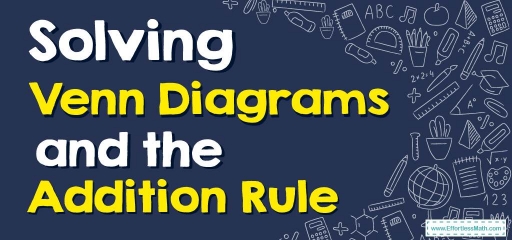
In a Venn diagram, this might look like this: For additional educational resources, .
\(\color{blue}{P(A∪B)=P(A)+P(B)}\) For additional educational resources, .
Venn Diagrams and the Addition Rule – Example 1:
In a group of \(103\) students, \(32\) are freshmen and \(46\) are sophomores. Find the probability that a student picked from this group at random is either a freshman or sophomore. For additional educational resources, .
First, find the probability of freshman and sophomore:
\(P( freshman)=\frac{32}{103}\)
\(P( sophomores)=\frac{46}{103}\)
Then, use this formula to find the probability of freshman or sophomore: \(\color{blue}{P (A\ or B)=P (A)+P (B)}\)
\(P( freshman\ or sophomore)=\frac{32}{103}+\frac{46}{103}=\frac{32+46}{103}=\frac{78}{103}\).
Venn Diagrams and the Addition Rule – Example 2:
In a group of \(114\) students, \(41\) are juniors, \(50\) are male, and \(23\) are male juniors. Find the probability that a student picked from this group at random is either a junior or male.
First, find the probability of juniors, male and male juniors:
\(P ( juniors)=\frac{41}{114}\)
\(P ( male)=\frac{50}{114}\)
\(P (male juniors)=\frac{23}{114}\)
Then, use this formula to find the probability junior or male: \(\color{blue}{P (A\ or B)=P (A)+P (B)−P (A\ and B)}\)
\(P( junior\ or male )=\frac{41}{114}+\frac{50}{114}-\frac{23}{114}=\frac{(41+50)-23}{114}=\frac{91-23}{114}=\frac{68}{114}\)
Exercises for Venn Diagrams and the Addition Rule
- We have to draw a card from a well-shuffled \(52\)-card deck. So what is the chance of getting a diamond or a face card?
- For two events \(A\) and \(B\), \(P(A)= \frac{3}{5}\), \(P(B) = \frac{3}{4}\), and \(P(A∪B) = \frac{5}{6}\). Find the probability of \(A∩B\).
- A glass jar consists of \(3\) green,\(2\) red, \(3\) blue and \(4\) yellow marbles. If a marble is randomly selected from a jar, how likely is it to be yellow or green?
- A day of the week is chosen at random. What is the probability of choosing on Sunday or Monday?
- \(\color{blue}{\frac{11}{26}}\)
- \(\color{blue}{\frac{31}{60}}\)
- \(\color{blue}{\frac{7}{12}}\)
- \(\color{blue}{\frac{2}{7}}\)
Related to This Article
More math articles
- How to Multiply Decimals and Whole Numbers?
- Calculus: Navigating the Pathways of Particles
- 4th Grade STAAR Math FREE Sample Practice Questions
- 10 Most Common 5th Grade ACT Aspire Math Questions
- Top 6 Travel-Friendly Teaching Supplies for your Portable Classroom
- 7th Grade OST Math FREE Sample Practice Questions
- 3rd Grade MCA Math Worksheets: FREE & Printable
- How to Solve Word Problems of Counting Bills and Coins
- How to Rationalize Radical Expressions? (+FREE Worksheet!)
- Vector-Valued Functions: Fundamentals and Applications

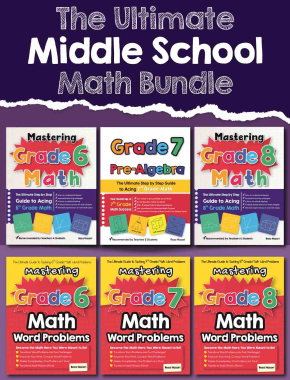
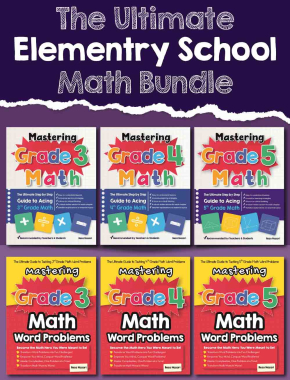
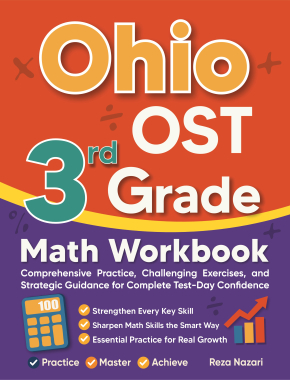
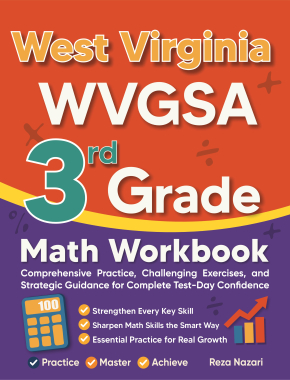
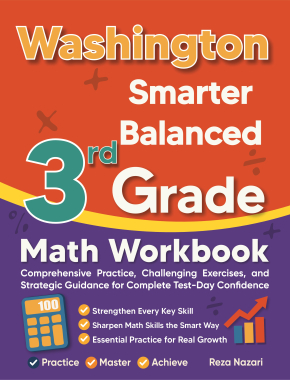
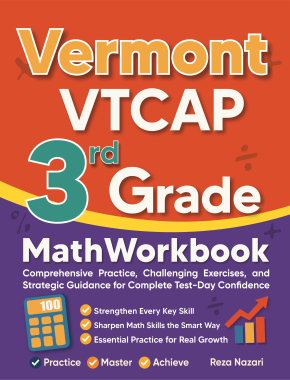
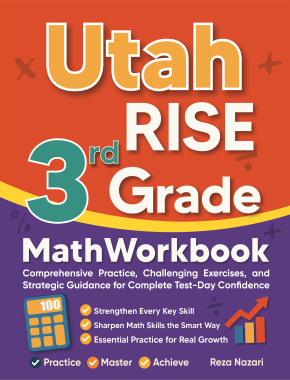
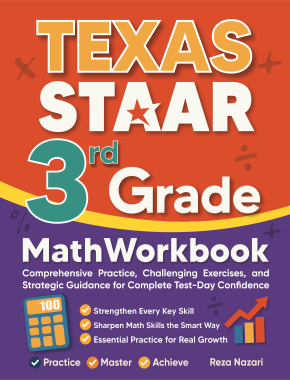
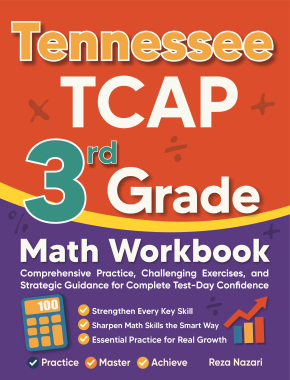
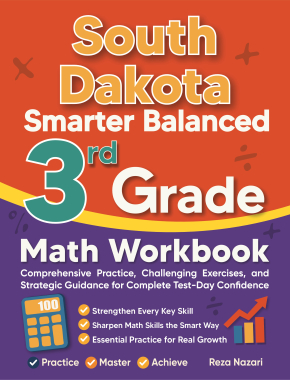
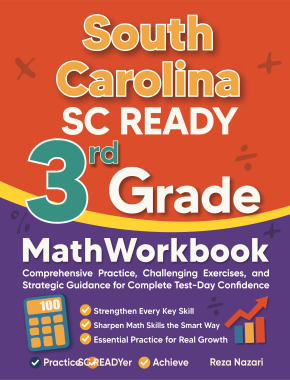
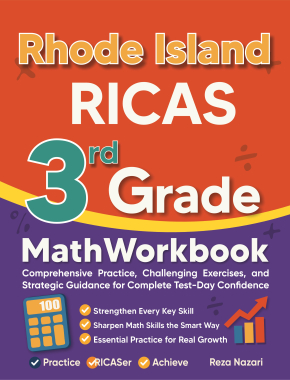
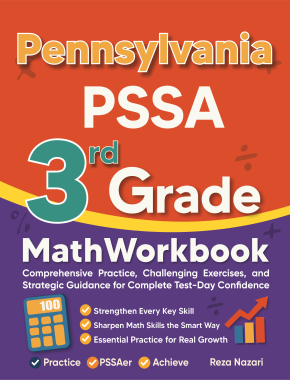
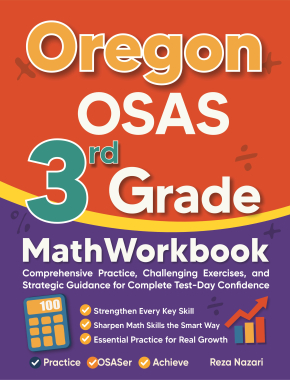
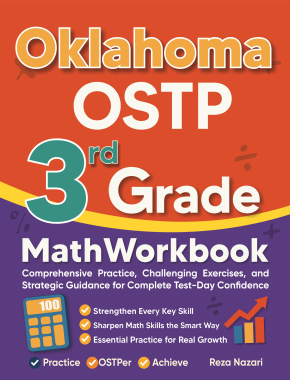
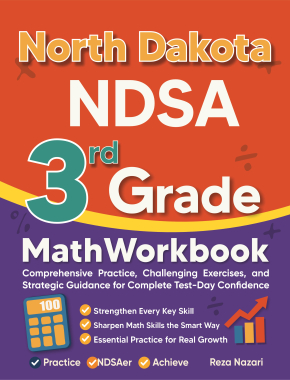
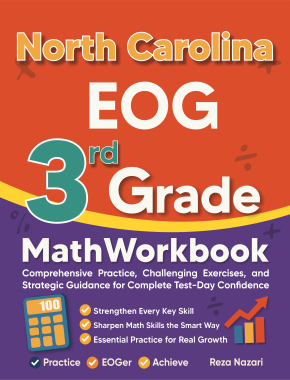


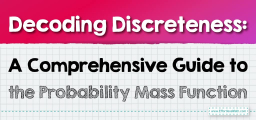


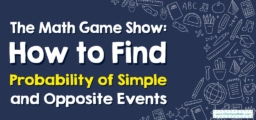
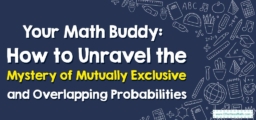


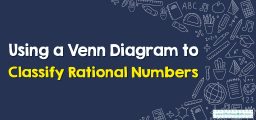
What people say about "How to Solve Venn Diagrams and the Addition Rule? - Effortless Math: We Help Students Learn to LOVE Mathematics"?
No one replied yet.